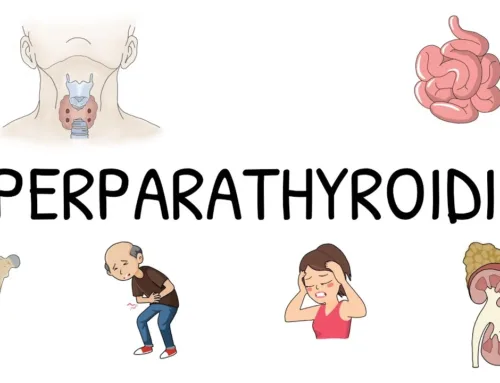Obesity increases your risk for heart disease, diabetes, and other health problems—which can lead to premature death. Consequently, many people with obesity turn to FDA-approved weight loss medications like semaglutide to get healthy again. But which weight loss drugs are safe? What do they do to help you lose weight? Are there any side effects? We’ll answer all those questions here so you can decide whether or not semaglutide is right for you!

Semaglutide
Semaglutide is a type of drug called a GLP-1 receptor agonist. It works by increasing the amount of GLP-1 (glucagon-like peptide 1) in your body.
GLP-1 is a hormone that helps regulate blood sugar levels and appetite. When your pancreas releases insulin, it targets your liver to lower blood sugar levels by taking it out of your bloodstream and storing it as glycogen for later use. When food enters the stomach, GLP-1 is released from cells lining the gut wall in response to glucose entering the bloodstream from food or drink intake. This helps reduce appetite so you won’t eat too much and become obese.
How does semaglutide work for weight loss?
Semaglutide is a weight-loss drug that works by helping to control blood sugar, appetite, and insulin levels. It also helps you maintain your body weight by reducing food intake and increasing feelings of fullness after eating.
The way semaglutide works in the body to help with weight loss because it slows down the absorption of glucose (sugar) from food into your bloodstream. This helps control blood sugar levels so they do not rise too high after meals or snacks, which may make you feel hungry again quickly because your brain doesn’t get enough energy signals from the sugars circulating in your system. When semaglutide reduces how fast these sugars are absorbed, it can help prevent overeating or snack attacks between meals when most people experience intense hunger pangs.
Another way semaglutide works is by slowing down digestion so that fewer nutrients are absorbed into the bloodstream at any one time; this means you won’t feel as full after a meal even if you eat more than usual (or more than what’s healthy).
How is semaglutide dosed?
Semaglutide is injected once a day. It’s available in a 100 mg dose as two separate injections.
What do we know about semaglutide side effects?
According to the package insert for semaglutide, this medication’s most common side effects include nausea, vomiting, diarrhea, and constipation. These side effects occurred in at least 10% of people who took it. Other less common but still possible adverse reactions included:
- Injection site reactions like swelling or redness.
- Liver enzyme abnormalities.
- Hypoglycemia (low blood sugar).
- Pancreatitis.
- Joint disorders such as arthritis and arthralgia (pain in the joints).
- Dizziness or fainting upon standing up quickly from sitting or lying down too quickly.
- Rash or hives.
Can semaglutide interact with other medications?
You should also be aware that this medication is not recommended for use in conjunction with certain other medications. For example, tell your doctor if you are taking other diabetes or anti-diabetic medications.
Semaglutide, compare to other weight loss medications.
Semaglutide is the only FDA-approved weight loss medication that works by reducing appetite. It’s a clinically proven and effective choice for people who are overweight or obese and struggling to lose weight.
It’s important to note that semaglutide is not intended to treat type 2 diabetes mellitus, but it can be combined with metformin (Glucophage) or pioglitazone (Actos) if your doctor recommends it.
Conclusion
Weight loss pills are often viewed as a quick fix for weight loss. While these pills can help you lose weight, they aren’t magic pills that will make you skinny overnight.
These products are regulated by the Food and Drug Administration (FDA) for safety and effectiveness. Always read the label carefully before using any medication or supplement, and talk to your doctor if you have any concerns about its use.




[…] Do you know What is the best FDA-approved weight loss pill? […]